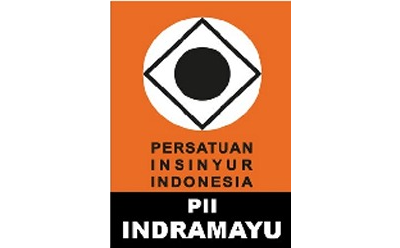INVESTIGASI EKSPERIMENTAL PERFORMA SISTEM PENDINGIN MULTI-TERMOELEKTRIK DENGAN KONFIGURASI TERMAL SERI DAN PARALEL
Abstract
Full Text:
PDFReferences
Calm, J. M. (2002). Emissions and environmental impacts from air-conditioning and refrigeration systems. International Journal of Refrigeration, 293-305.
Dizaji, H. S., Jafarmadar, S., & Khalilarya, S. (2019). Novel experiments on COP improvement of thermoelectric air coolers. Energy Conversion and Management, 187, 328-338.
Garayo, S. D., Martinez, A., Aranguren, P., & Astrain, D. (2021). Prototype of an air to air thermoelectric heat pump integrated with a double flux mechanical ventilation system for passive houses. Applied Thermal Engineering, 190, 116801.
Gokcek, M., & Sahin, F. (2017). Experimental performance investigation of minichannel water cooled-thermoelectric refrigerator. Case Studies in Thermal Engineering, 10, 54-62.
Hu, H. M., Ge, T. Y., Dai, Y. J., & Wang, R. Z. (2016). Experimental study on water-cooled thermoelectric cooler for CPU under severe environment. International Journal of Refrigeration, 62, 30-38.
Irshad, K., Algarni, S., Ahmad, M. T., Irfan, S. A., Habib, K., Abdelmohimen, M. A., . . . Ahmed, G. M. (2019). Microclimate Thermal Management Using Thermoelectric Air-Cooling Duct System Operated at Five Incremental Powers and its Effect on Sleep Adaptation of the Occupants. Energies, 12(19), 3695.
Lee, H. (2017). Thermoelectrics: Design and Materials. Hoboken, NJ: John Wiley & Sons Ltd.
Liu, Y., & Su, Y. (2018). Experimental investigations on COPs of thermoelectric module frosting systems with various hot side cooling methods. Applied Thermal Engineering, 144, 747-756.
Pourkiaei, S. M., Ahmadi, M. H., Sadeghzadeh, M., Moosavi, S., Pourfayaz, F., Chen, L., . . . Kumar, R. (2019). Thermoelectric cooler and thermoelectric generator devices: A review of present and potential applications, modeling and materials. Energy, 186, 115849.
Prasetyo, B. Y., Ayu, W. S., & Wang, F. (2022). Performance evaluation of thermoelectric coolling with two different fluid medium. International Journal of Applied Technology Research, 11-21.
Shen, L., Zhang, W., Liu, G., Tu, Z., Lu, Q., & Chen, H. (2020). Performance enhancement investigation of thermoelectric cooler with segmented configuration. Applied Thermal Engineering, 168, 114852.
Wiriyasart, S., Suksuron, P., Hommalee, G., Siricharoenpanich, A., & Naphon, P. (2021). Heat transfer enhancement of thermoelectric cooling module with nanofluid and ferrofluid as base fluids. Case Studies in Thermal Engineering, 24, 100877.
DOI: https://doi.org/10.31884/jtt.v8i2.427
Refbacks
- There are currently no refbacks.
Copyright (c) 2022 JTT (Jurnal Teknologi Terapan)

This work is licensed under a Creative Commons Attribution-NonCommercial-NoDerivatives 4.0 International License.
 Creative Common Attribution-ShareAlike 4.0 International (CC BY-SA 4.0)
Creative Common Attribution-ShareAlike 4.0 International (CC BY-SA 4.0)














